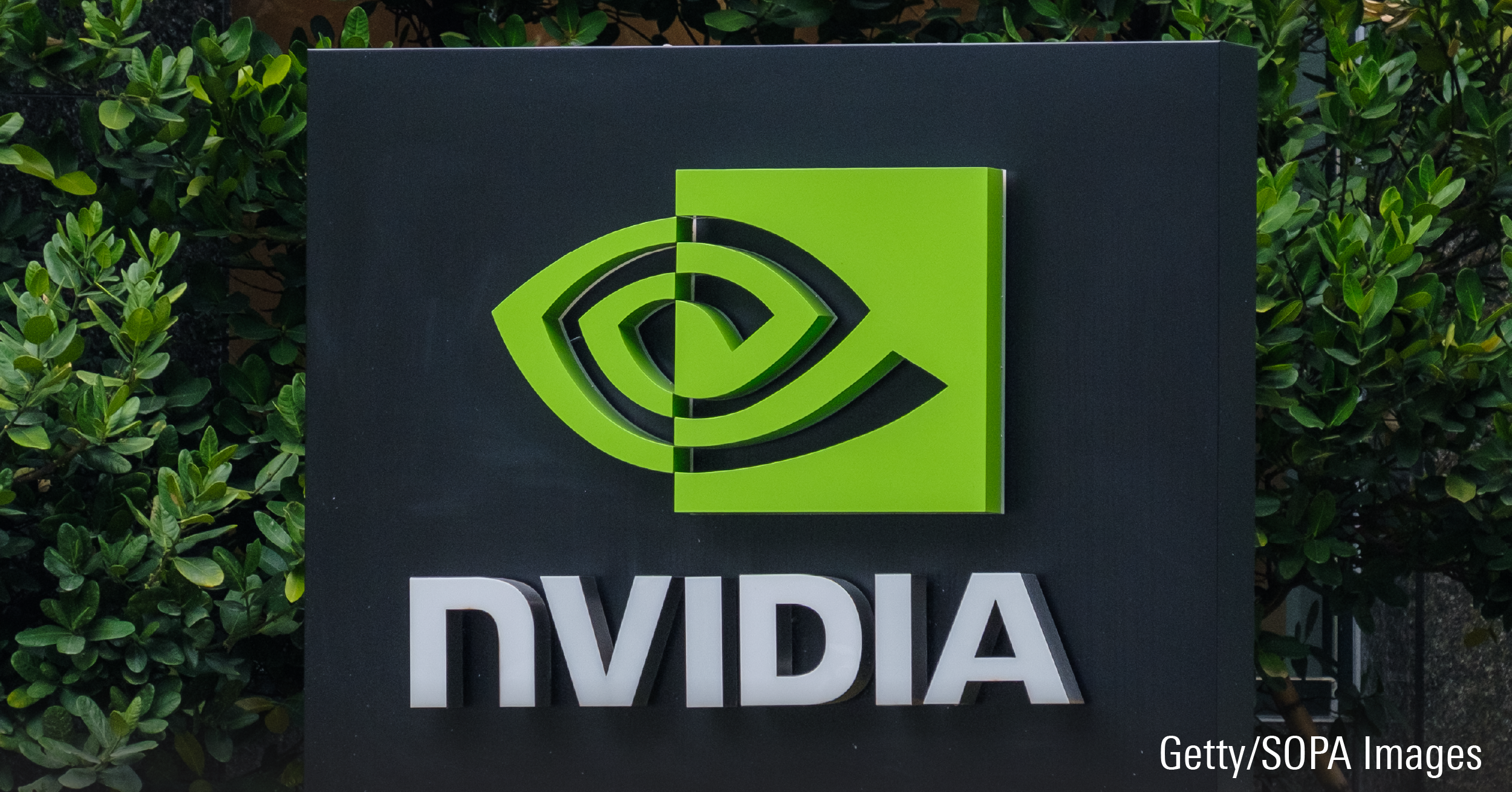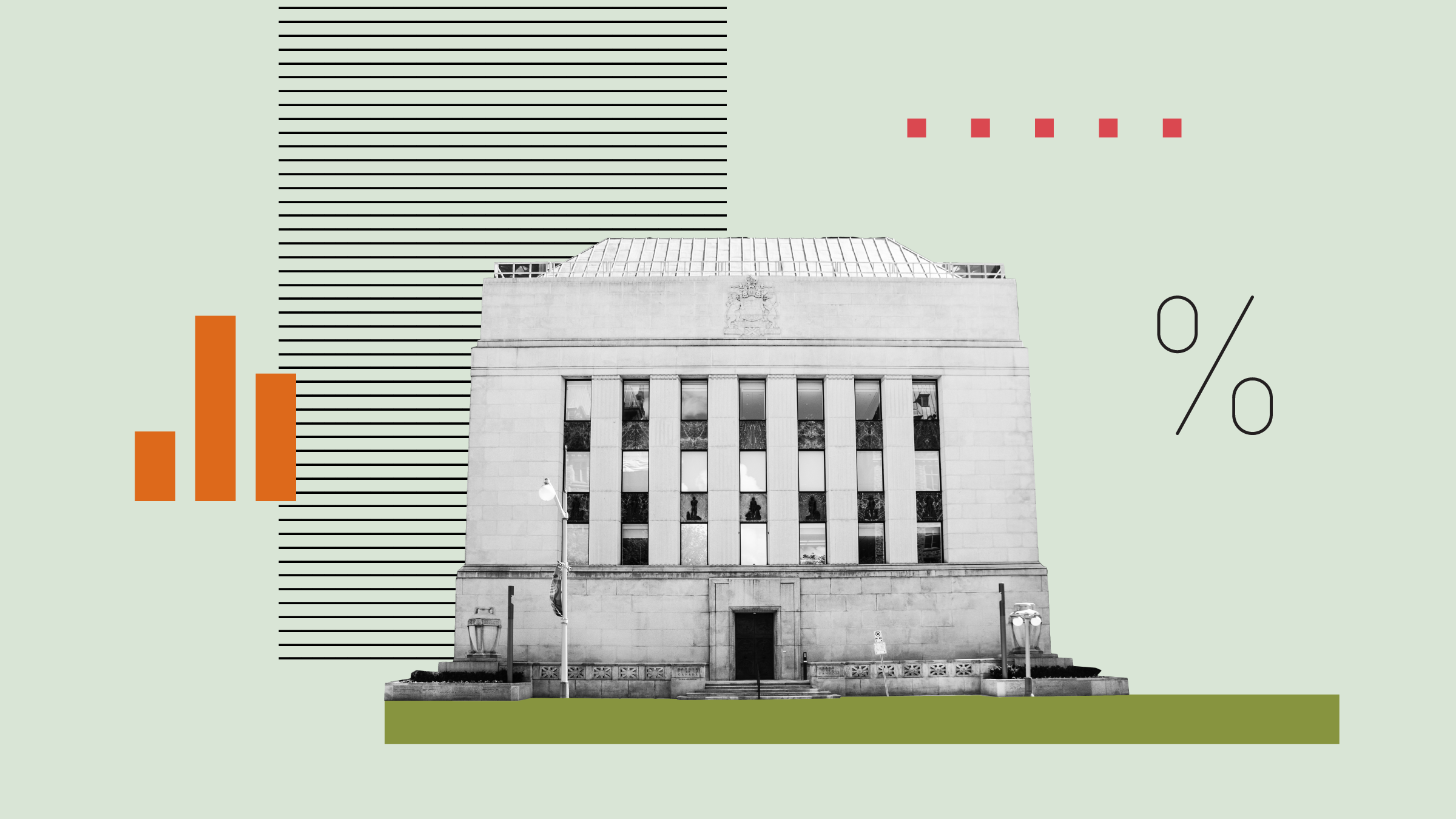Editor's note: This article is part of Morningstar's August 2015 Focus on Education Savings special report.
Over the past number of years, there has been a simultaneous increase in post-secondary enrollment and tuition costs. This has forced an increased number of students to rely on financing for their post-secondary programs. For most young adults, student loans will be the largest debt obligation they've assumed, yet very few take the time to understand the intricacies of the loan process.
Although there are many sources to finance your education, the most common option for Canadian students is government programs. The Canada Student Loan Program (CSLP) is designed for full-time or part-time students enrolled in accredited post-secondary education programs and can finance up to 60% of tuition costs for eligible students.
The Canada Student Grant Program (CSGP) is a good complementary source of financial aid. This is one avenue, by comparison, that is grossly underutilized by those seeking financial assistance. Most government grants are virtually identical to loans in terms of requirements and application processes. The primary difference and advantage is that grants don't need to be paid back upon graduation. Furthermore, if you apply for student loans and are considered eligible, you are automatically assessed for the majority of grants in Canada.
Eligibility for student loans and grants is quite straightforward. Eligibility requirements include Canadian citizenship, permanent residency in a province or territory of Canada and demonstration of financial need. For a comprehensive list or criteria, visit the Government of Canada's CanLearn website.
It is a common misconception that student loans run the course of your full program. If your application is approved by the CSLP, you have secured a one-year loan. If you require financial assistance for the duration of your program, you must reapply each year. The CSLP allows for a maximum borrowing period of 340 weeks, unless you reach the borrowing cap prior to the end of this period.
During your studies, you are not required to pay back any of your loans, principal or interest. The only exceptions to this guideline are if you left school before graduation, took more than six months off from your studies, or switched from full to part-time enrollment. In any of these instances, you would be required to begin repayment.
Upon graduation, your loan is handled just like any other debt. The National Student Loans Service Centre is a government body in charge of handling and collecting your loan. Within six months of graduation you will receive an important document called a consolidated student loan agreement, which combines all of your yearly loans into one comprehensive loan agreement.
At the time of consolidation, you will choose between interest rate options. The first option is a fixed rate of the current prime interest rate plus 5%. The second option is a floating rate, which takes the prime rate at the time of each payment plus 2.5%. The fixed rate option locks in the interest rate at the time of consolidation, whereas the floating rate is subject to change throughout the duration of the loan.
Under normal circumstances, once you have graduated your program, you are given 10 years to repay your student loans. The first six months is known as a grace period, where you are not required to pay back the principal of your loan. However, interest does accumulate over this period.
Your first loan payment will fall due one month after the grace period ends, or seven months after graduation. For example:
- Date of graduation: April 30, 2015
- Grace period begins: May 1, 2015 (interest bearing period)
- Grace period ends: Oct. 31, 2015
- First loan payment due: Nov. 30, 2015
Repayment occurs through monthly installments over a standard period of 114 months (9.5 years). However, through the use of assistance programs you may be eligible to extend your payment period to 174 months (14.5 years), at reduced rates.
If you have started repaying your student loan but it has become too cumbersome to handle, there are government assistance programs in place to help you manage your debt.
The Repayment Assistance Program (RAP) provides relief to borrowers by allowing them to repay what they can reasonably afford. Some of the benefits of RAP include extension of payback periods (as mentioned above), payments limited to 20% of personal/family income levels, and in some cases deferred payments until income levels are sufficient to make payments.
This program is not enacted automatically. You must apply through the National Student Loans Service Centre. If approved, you must re-apply every six months to ensure your current circumstances still meet the requirements of the program.
It should be noted that government assistance programs are not fallbacks absolving you from consequence. They are in place to help you through periods of financial hardship. Non-payment still has a direct impact on your credit score, which will hinder your ability to get financing in the future. Ensure you can handle your student loan obligation before assuming it. To plan more precisely and inquire into special situations, take advantage of the resources provided by www.CanLearn.ca.















